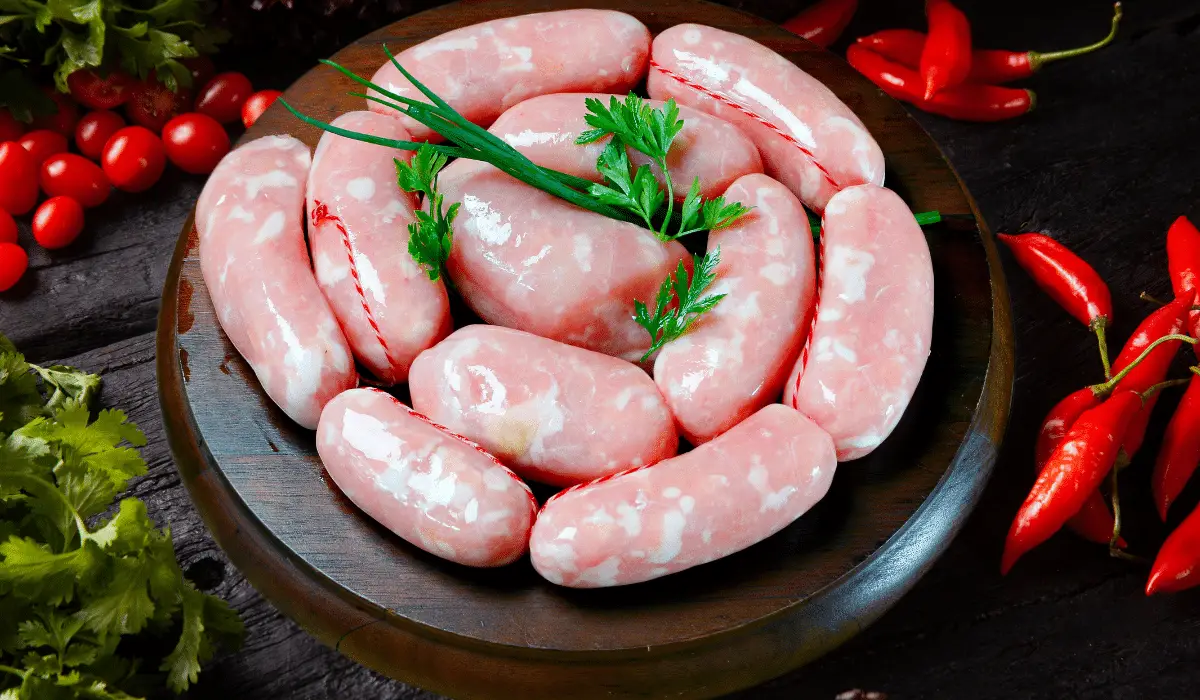Is Pink Sausage Safe to Eat? Understanding the Facts
The Science Behind Meat Coloration
When pondering, “Can sausage be a little pink?” it’s crucial to understand meat coloration. Myoglobin, a protein in meat, changes color when cooked. However, factors like spices or curing agents can maintain a pink hue in sausages, even when they’re fully cooked. This phenomenon often leads to confusion about doneness.
Health Risks Associated with Undercooked Sausage
Eating undercooked sausage isn’t just about taste; it’s a health concern. Undercooked meat can harbor harmful bacteria like salmonella and E. coli. These pose serious health risks, making it essential to ensure sausages are cooked thoroughly.
Myths vs. Facts: Sausage Color and Doneness
A common misconception is that pink sausage means it’s undercooked. However, color isn’t a reliable doneness indicator. Instead, focus on the internal temperature. The USDA recommends cooking ground meats, including sausages, to 160°F (71°C) to ensure safety. Using a meat thermometer is the best way to check this.
In conclusion, while “Can sausage be a little pink?” is a valid question, it’s vital to prioritize safety by using temperature as your guide, not color. This approach ensures delicious and safe sausage consumption every time.
Embracing the Art of Cooking Sausage: Can Sausage Be a Little Pink?
The Heart of Sausage Cooking
Cooking sausage perfectly often raises the question: “Can sausage be a little pink?” The answer lies in understanding the nuances of meat preparation and safety.
Temperature: The Key to Safe Sausage
Firstly, it’s crucial to focus on temperature rather than color. A meat thermometer is your best ally here, ensuring sausages reach the safe 160°F mark. This method trumps guessing based on color, especially when dealing with the question, “Can sausage be a little pink?”
Ingredients Influence on Sausage Color
Next, consider the ingredients. Spices like paprika or curing agents can maintain a pink hue in fully cooked sausages. So, a pink center doesn’t always spell danger. It’s more about the heat treatment than the color.
Cooking Techniques for Perfect Sausage
Finally, let’s talk technique. Slow and even cooking is the way to go. Whether you’re grilling, baking, or pan-frying, consistent heat ensures your sausages are cooked through, yet juicy and flavorful.
Conclusion: Safety and Flavor Hand in Hand
In conclusion, when pondering “Can sausage be a little pink?”, remember it’s a blend of temperature control, ingredient awareness, and cooking methods. Master these, and you’ll enjoy sausages that are both safe and delicious.
